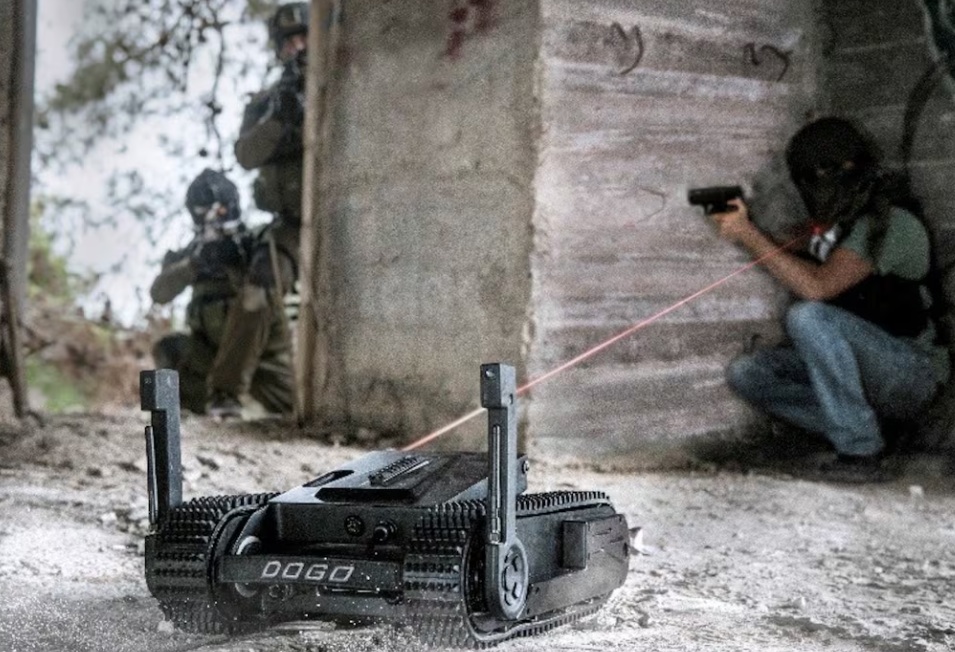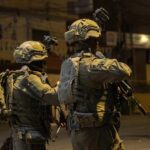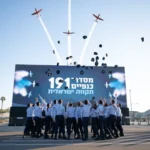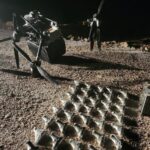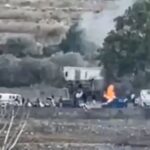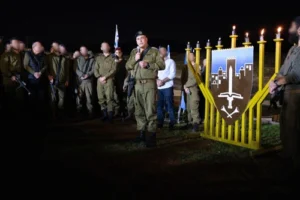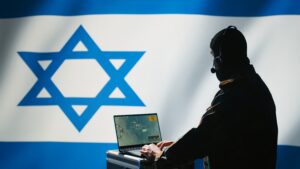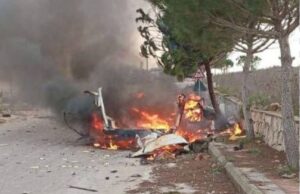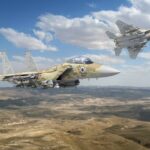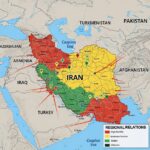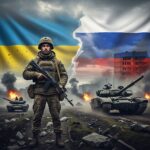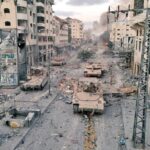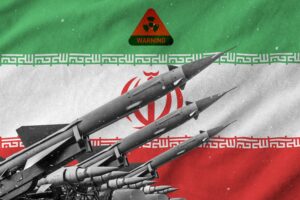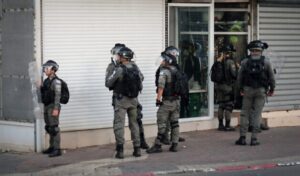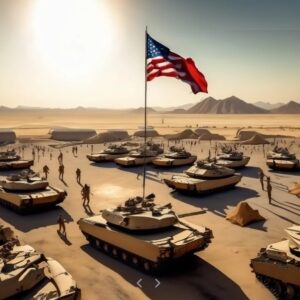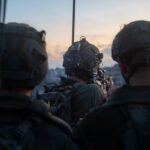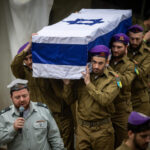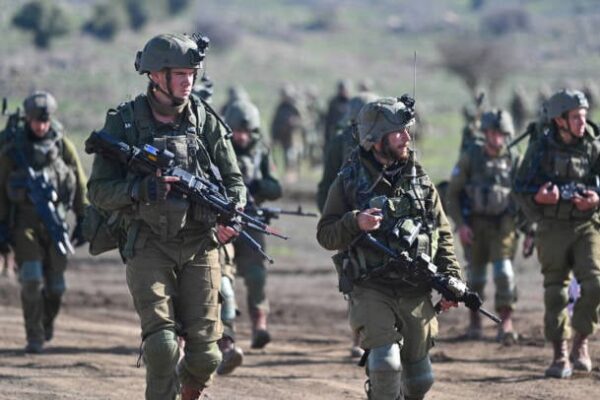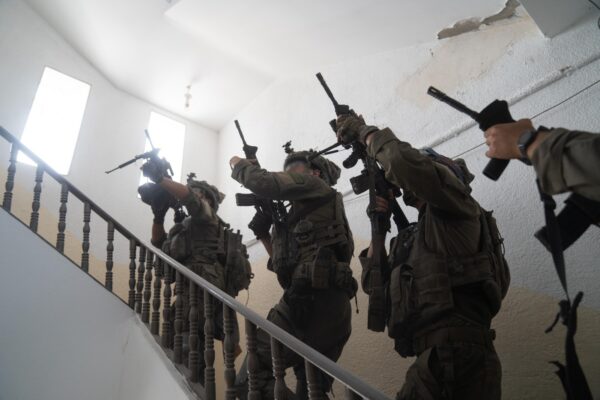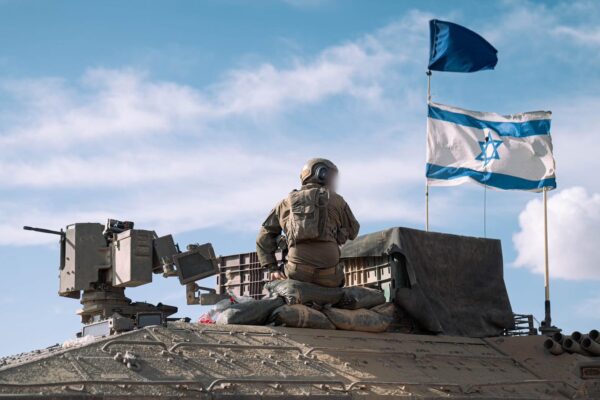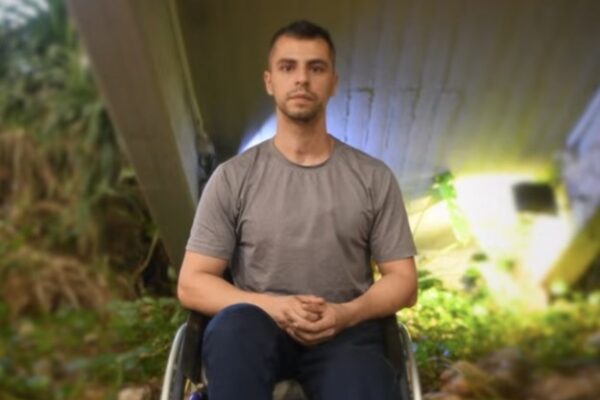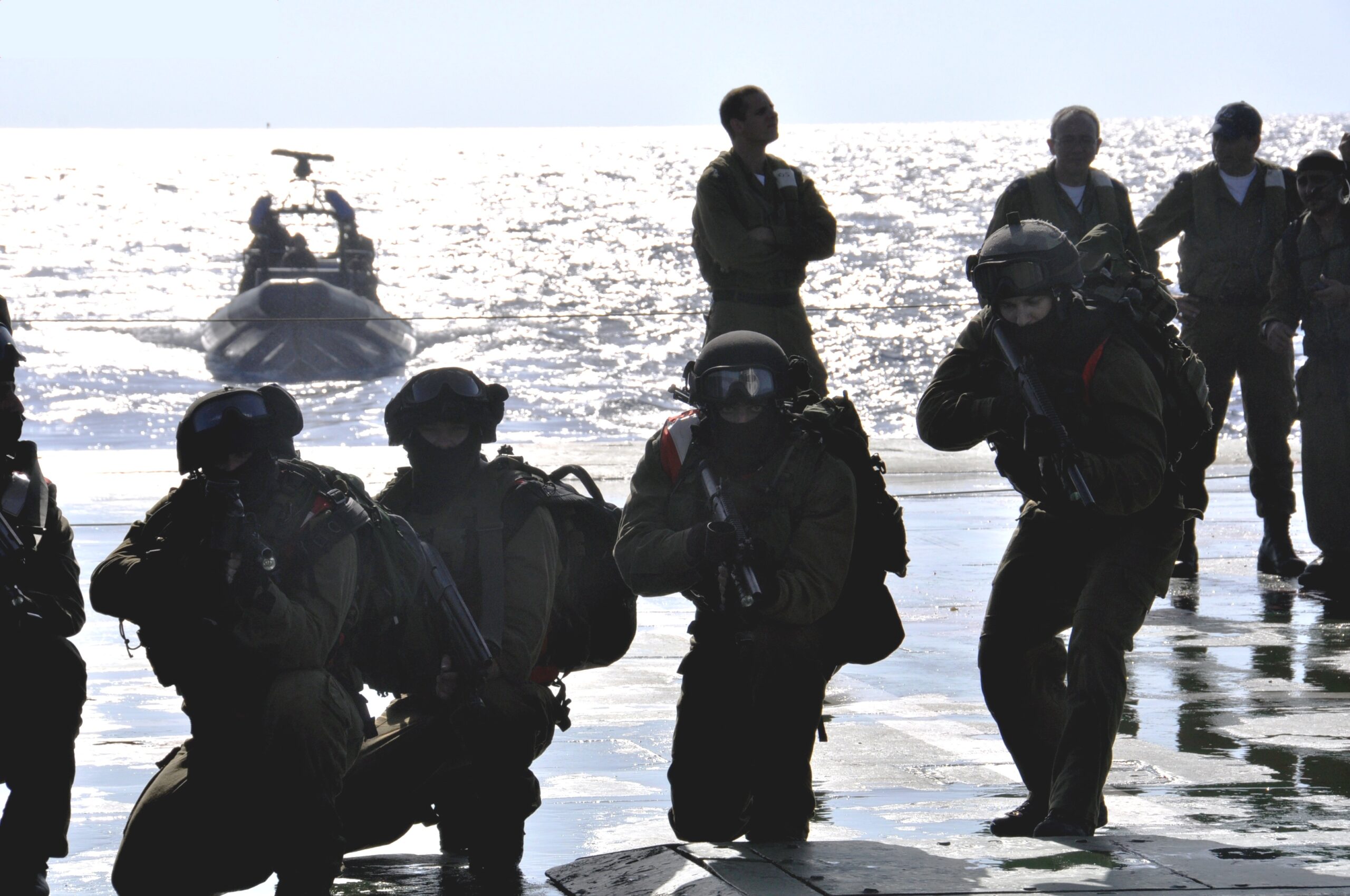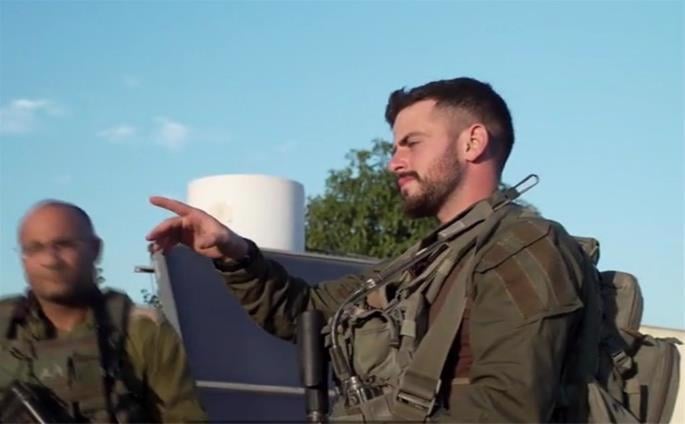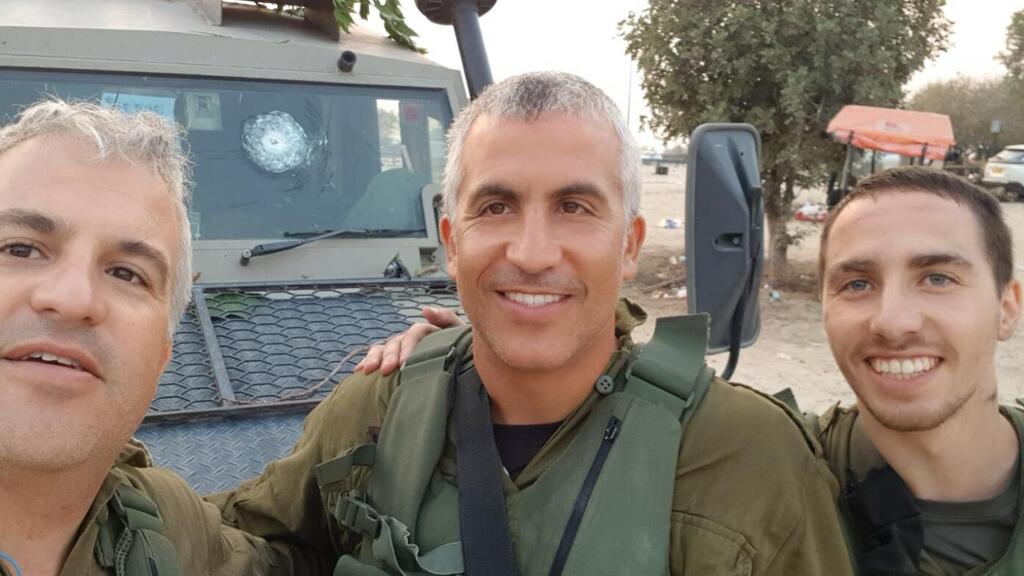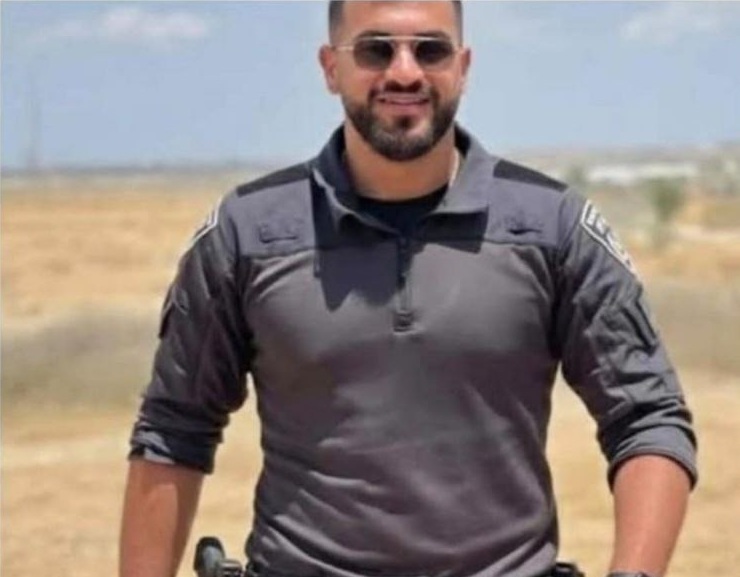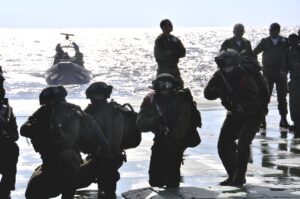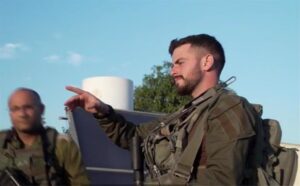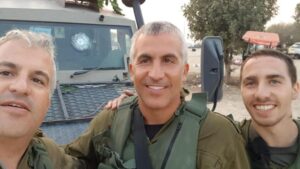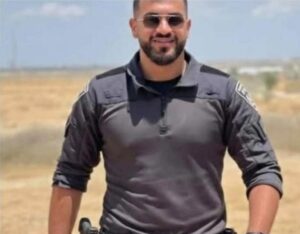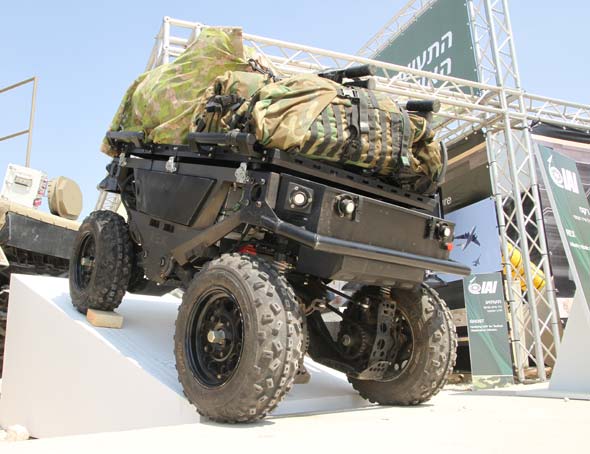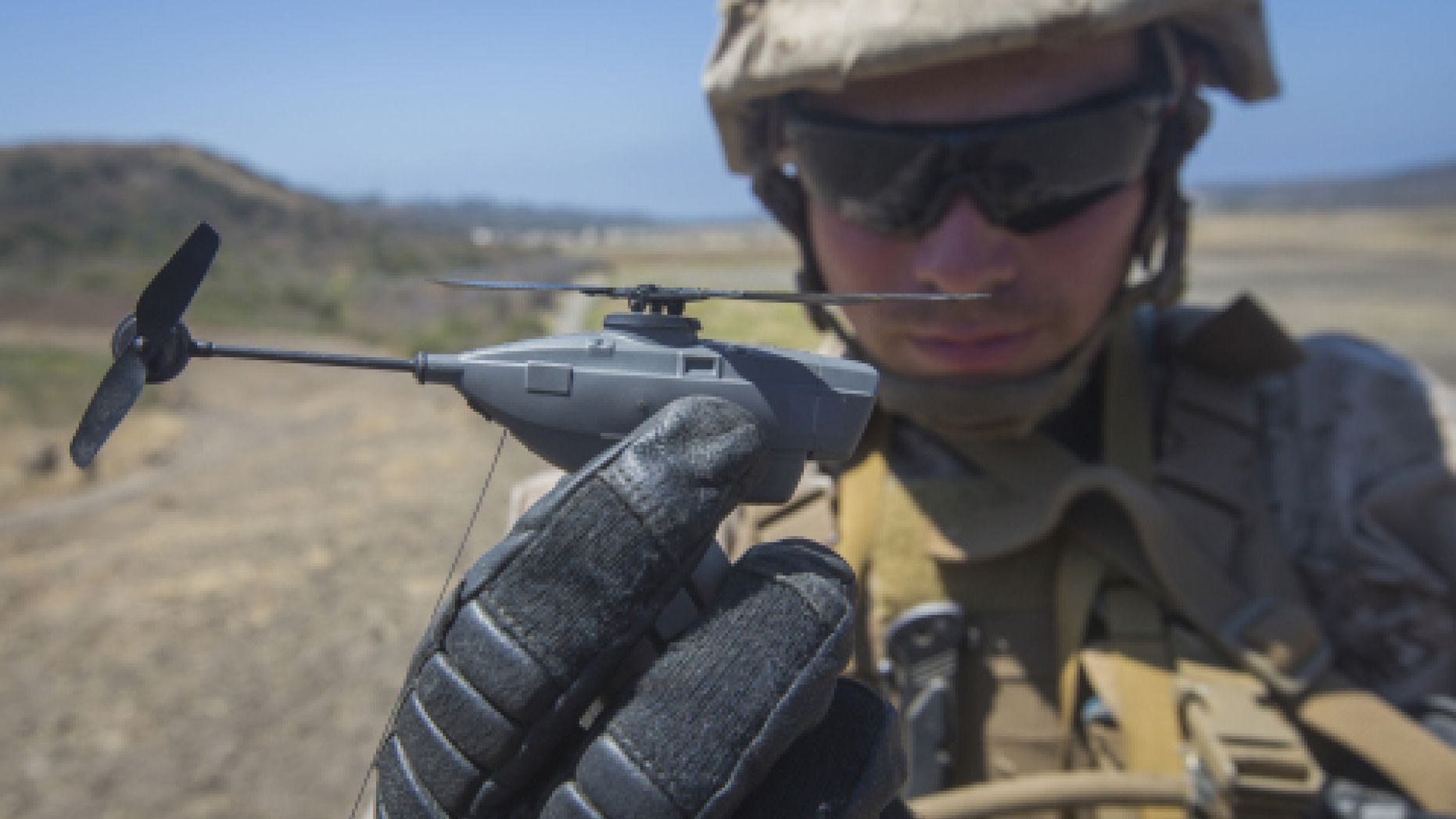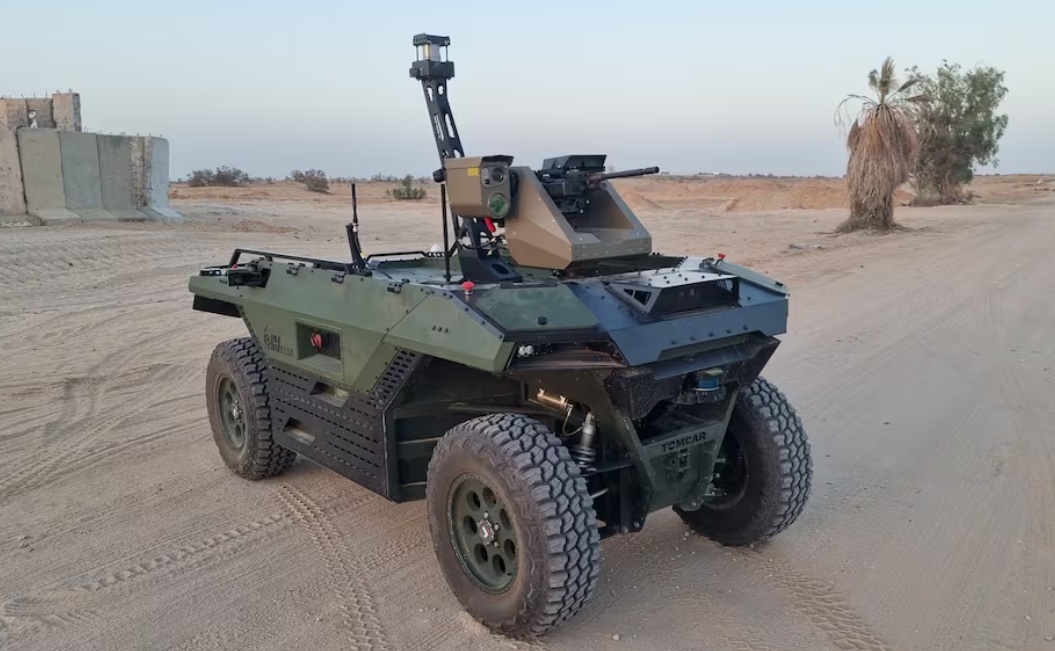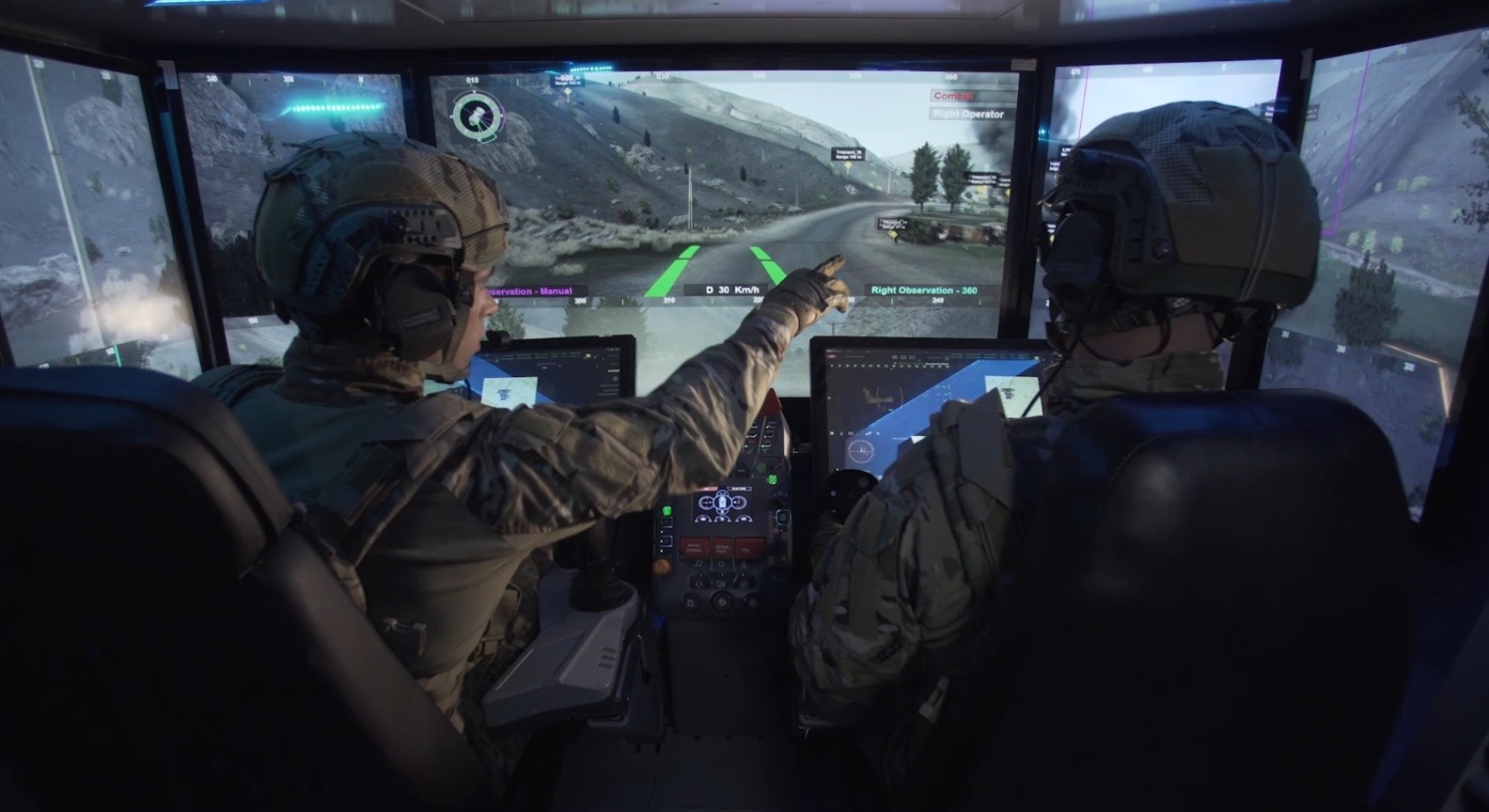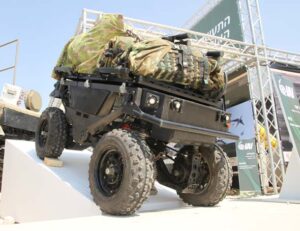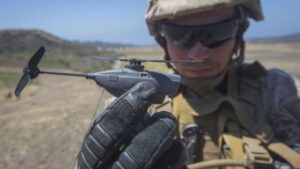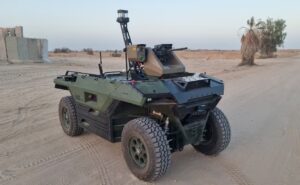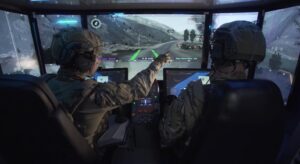The IDF has leaned heavily on this technology to reduce soldier exposure, enhance precision, and maintain real-time situational awareness.
By Hezy Laing
In the evolving landscape of modern warfare, Gaza has emerged as one of the most robot-saturated combat zones on the planet.
The IDF has deployed an unprecedented array of unmanned systems, artificial intelligence platforms, and robotic tools across the region, transforming how battles are fought in dense urban terrain.
The complexity of Gaza’s environment—marked by narrow alleyways, high-rise buildings, and an extensive underground tunnel network—has made it an ideal proving ground for robotic warfare.
The IDF has leaned heavily on this technology to reduce soldier exposure, enhance precision, and maintain real-time situational awareness.
From tunnel-exploring microbots and loitering munitions to remote-controlled bulldozers and AI-assisted targeting systems, robots are now central to Israel’s operational strategy.
Here are ten different robotic systems the IDF has deployed in Gaza during the 2023–2024 conflict, showcasing the breadth of unmanned technology used in combat, engineering, and surveillance. They are all Israeli made.
Robdozer (Unmanned D9 Bulldozer) – A remote-controlled armored bulldozer used for clearing terrain, demolishing infrastructure, and breaching defenses without endangering operators.
Jaguar – A semi-autonomous ground robot equipped with sensors, cameras, and a 7.62 mm machine gun. It patrols borders and can engage threats remotely.
Unmanned M113 APCs – Retrofitted armored personnel carriers operated remotely in urban combat zones like Rafah, used for logistics and fire support.
Spike Firefly (Moaz) – A miniature loitering munition designed for infantry use. It scouts ahead and strikes targets in dense urban environments.
Tunnel Exploration Robots – Specialized robots capable of navigating Hamas’s underground tunnel networks, climbing stairs, and transmitting real-time video.
Rotem VTOL Drone – A vertical takeoff and landing loitering munition used for tactical reconnaissance and precision strikes in confined areas.
Hero-120 – A long-range loitering munition used for anti-armor and high-value target elimination, deployed in coordination with infantry and armored units.
Harop – A larger loitering munition used for suppressing enemy air defenses and striking strategic targets with high precision.
AI Targeting Systems (“Lavender” and “Gospel”) – While not physical robots, these AI platforms automate target identification and prioritization, guiding robotic and drone strikes.
Reconnaissance Microbots – Small, agile robots used by special forces for indoor surveillance, capable of transmitting video and mapping hostile environments.
These systems reflect the IDF’s shift toward robotic warfare, blending automation, remote control, and AI to reduce soldier exposure and enhance battlefield precision.
This robotic saturation has allowed the IDF to conduct operations with a level of precision and adaptability previously unattainable.
It also reflects a broader shift in military doctrine, where unmanned systems are no longer auxiliary tools but core components of combat.
Gaza, once defined by conventional ground battles, now serves as a live demonstration of how robotics and artificial intelligence are reshaping the future of warfare.
As conflicts become more technologically driven, the lessons learned in Gaza are likely to influence military strategies around the world for years to come.


